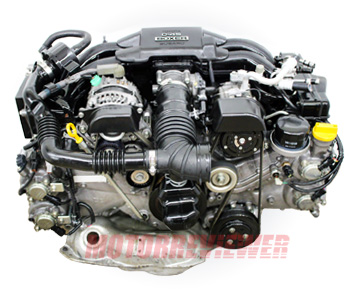

Problems and Reliability of The Boxer Engine The specified boxer diesel engine was planned to be installed under the hoods of the Subaru Legacy and Outback, as well as to launch the legendary Subaru Forester in a diesel version. A variable geometry turbine was used as a turbocharger, which allowed the engine to almost completely get rid of the turbo lag effect and provide confident traction in a wide speed range. The engine was also equipped with a Common Rail fuel injection system and a turbocharger was installed. As you know, it is the moment characteristic, and not power, that plays a paramount role. The diesel boxer four-cylinder engine received a displacement of 2.0 liters, power was 150 hp, and the torque indicator was recorded at an impressive mark of 350 Nm. Moreover, the Japanese then generally introduced the world’s first diesel boxer, since no automaker had previously produced such an engine. In 2008, the appearance of a boxer diesel engine was noted, which was serially installed on the Subaru model. Given these features, boxer internal combustion engines are mass-produced by only a few manufacturers, among which Subaru engineers have advanced the furthest in this direction. These engines are also more complicated than in-line ones, since they have two cylinder heads, each with its own separate gasket and manifolds.Īlso, the boxer has a larger number of camshafts and a complex scheme for implementing their drive. These ICEs get an even number of cylinders, with 4 and 6 cylinder options being the most common.Īs for design features, in such an engine, each piston with a connecting rod is attached to a separate crankshaft crankpin. Subaru’s boxer engine is also called the “boxer” due to the unique movement of the pistons. This means that if one piston is at TDC, the other goes down at BDC. Visually, such internal combustion engines will be similar, however, in a V-shaped engine, adjacent pistons and connecting rods are located on the same crankpin. It is important to understand that a boxer engine is different from a V-engine, which can also have a similar camber angle.


 0 kommentar(er)
0 kommentar(er)
